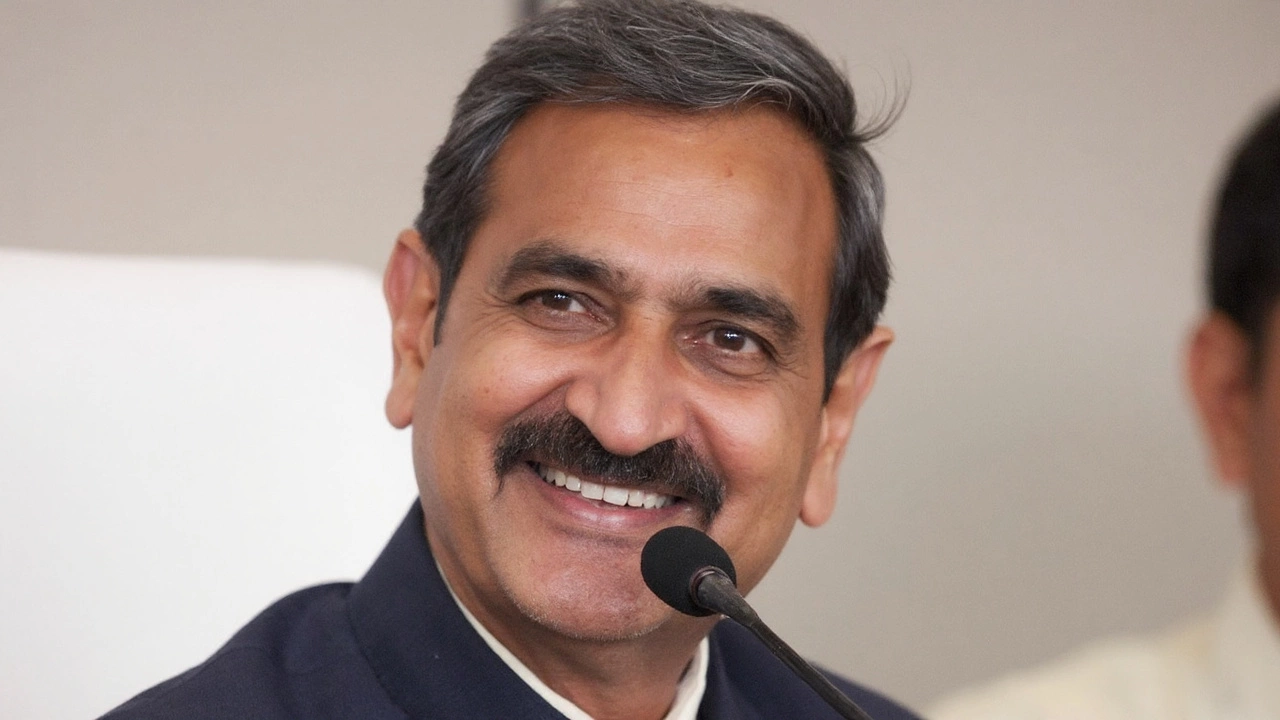Revenue Generation in Bollywood: How the Industry Makes Money
Ever wondered where all that glitz and glamour ends up? It’s not just applause – it’s cash. Bollywood’s revenue engine runs on several tracks, each feeding the next. Let’s break down the main ways Indian cinema turns a story on screen into real money.
Box Office and Ticket Sales
The most obvious source is ticket sales. A hit film can pull in crores on opening weekend, especially in metro cities where cinema halls are packed. The split between producers, distributors and theater owners is usually around 50‑50, but big‑budget movies often negotiate a higher share for the studio. Weekend spikes matter because they set the tone for the whole run. When a film grosses high in the first few days, it attracts more screens, which further boosts earnings.
Beyond India, the overseas market adds a huge boost. Indian diaspora audiences in the US, UK, Canada and the Middle East love to watch familiar faces, and ticket prices abroad are higher. That’s why producers push for a wide overseas release right away – it can add 20‑30% to total collections.
Beyond the Screen: Digital, Music, and Merch
Box office isn’t the whole story. Once a movie leaves the theater, it moves to OTT platforms like Netflix, Amazon Prime, and Disney+ Hotstar. These platforms pay a fixed fee or a revenue‑share model for streaming rights. For many films, this secondary window can bring in a sum equal to or even higher than the theatrical share.
Music rights are another gold mine. Bollywood songs get massive airplay on radio, YouTube and streaming services. Companies buy the audio and video rights before the movie releases, banking on the tracks becoming hits. A popular song can generate millions from YouTube ads alone.
Don’t forget about merchandise and brand tie‑ups. From action figures to clothing lines, popular films open doors for licensing deals. Brands also pay for product placements – a soda bottle or a car model seen briefly on screen can fetch a hefty fee. These deals are negotiated during production, adding to the upfront budget.
Finally, there’s the satellite TV market. Television channels buy the rights to broadcast films after the OTT window. The fee depends on the star power and expected viewership. High‑rating TV slots can bring in a significant lump sum, rounding off the revenue cycle.
All these streams work together like gears in a machine. A strong box office opening can raise the price of OTT and satellite rights, while a catchy soundtrack can boost YouTube revenue and attract more advertisers. Understanding each piece helps producers plan better and ensures that the glamour you see on screen also means profit behind the scenes.
Himachal Pradesh Revives Lottery to Tackle Rs 1 Lakh Crore Debt Crisis
Facing a staggering Rs 1 lakh crore debt, Himachal Pradesh plans to bring back its state lottery after a 26‑year ban. The cabinet expects the digital lottery to pull in Rs 50‑100 crore yearly, mirroring successes in Kerala, Punjab and Sikkim. Opposition parties warn of social risks, while the ruling Congress argues the move is a necessary fiscal lifeline amid shrinking central grants.
- Sep, 23 2025
- 0 Comments
